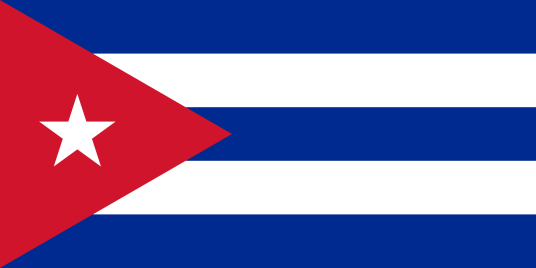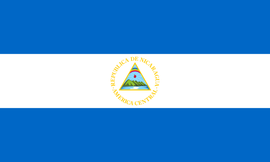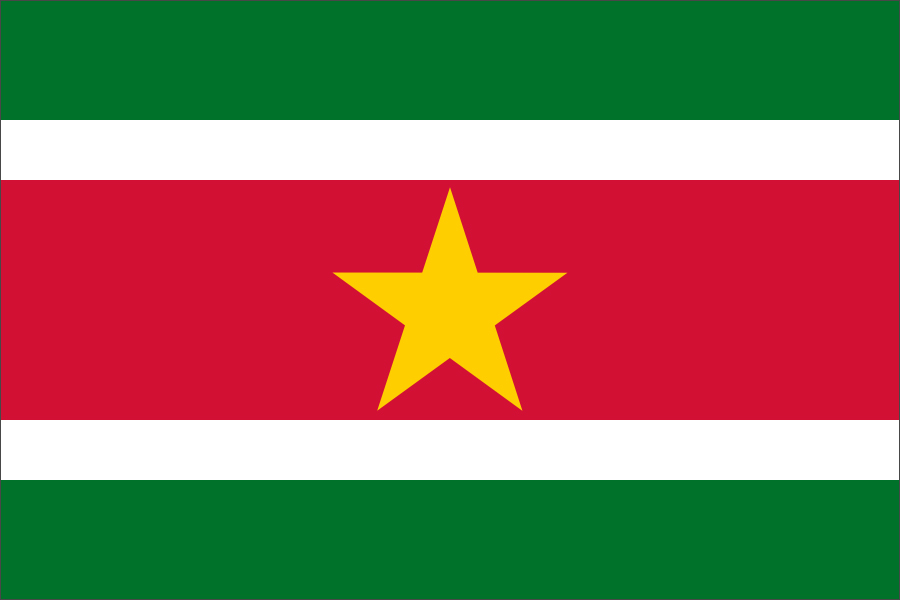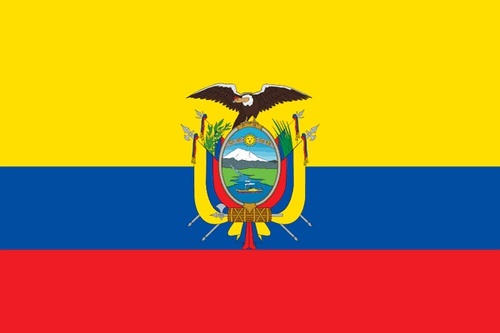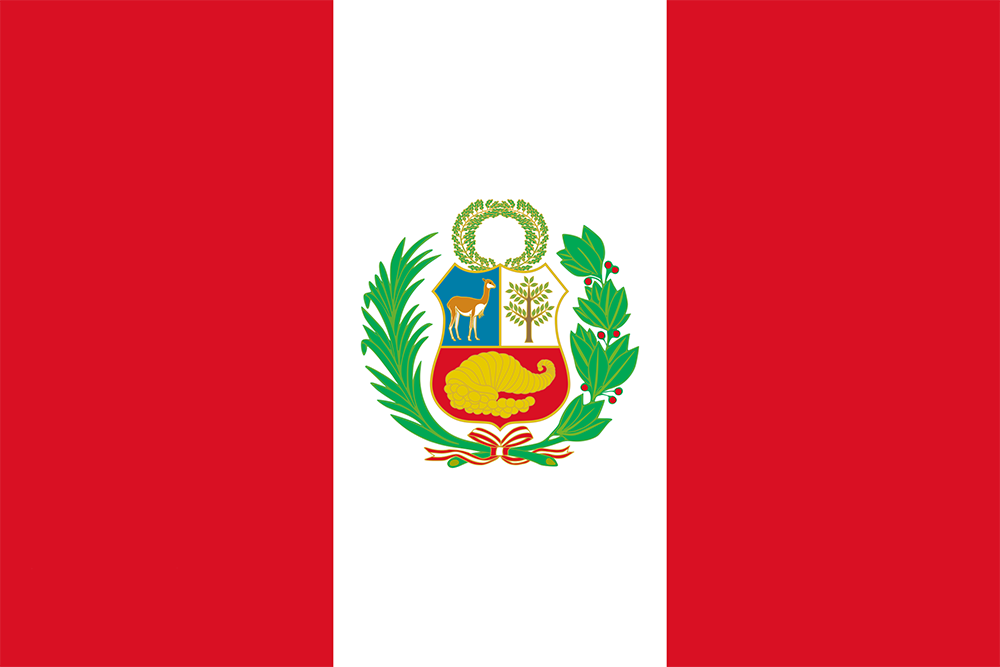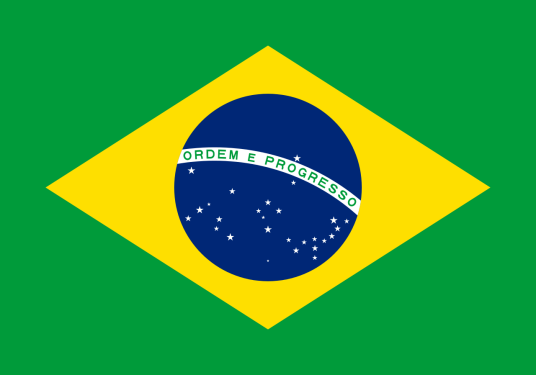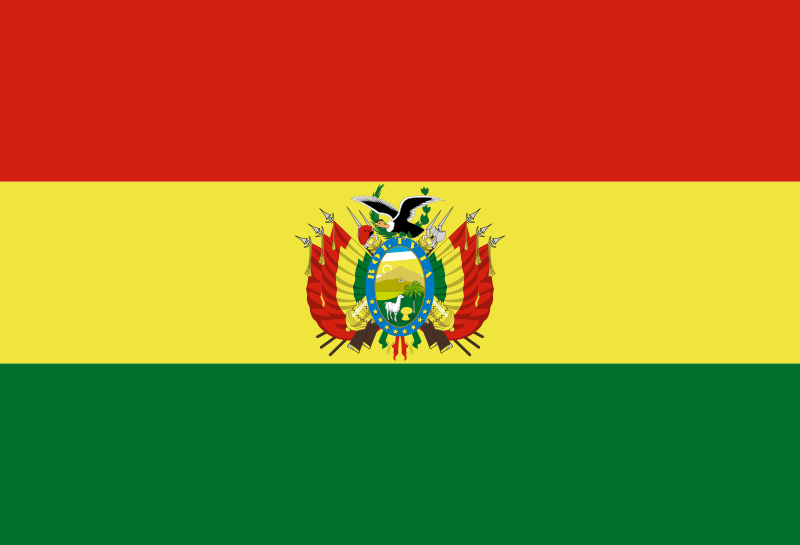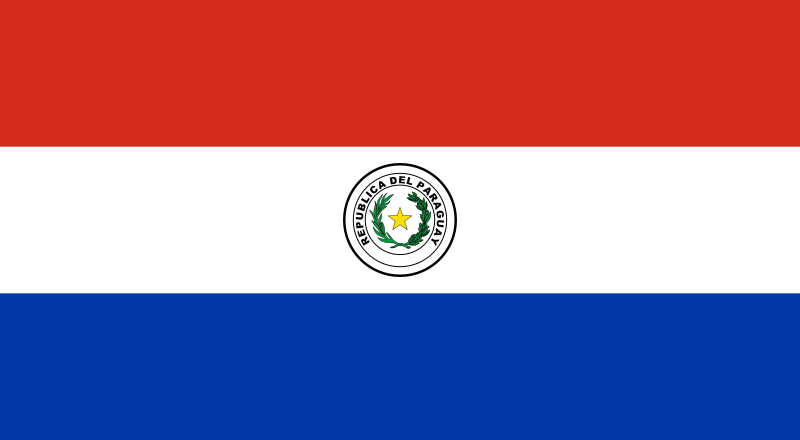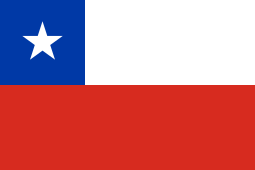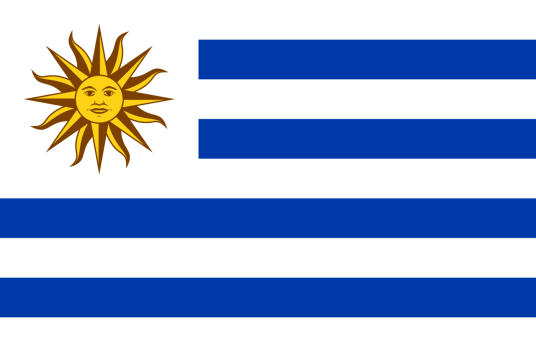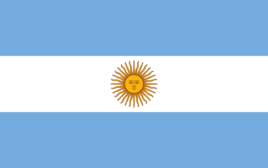[Area] 8,510,300 square kilometers (Source: IBGE).
[Population] 203 million, ranking first in Latin America and seventh in the world. Caucasians account for 53.74%, mulattoes 38.45%, blacks 6.21%, and yellows and Indians 1.6% of the population. The official language is Portuguese. About 50% of the inhabitants are Catholics and 31% are Evangelical Christians.
[Capital] Brasília, with a population of 3.858 million (2022) and an average annual temperature of 21℃.
[Brief description] of the city] Brasília is located in eastern South America. It borders French Guiana, Suriname, Guyana, Venezuela, and Colombia to the north, Peru and Bolivia to the west, Paraguay, Argentina, and Uruguay to the south, and the Atlantic Ocean to the east. The coastline is about 7,400 kilometers long. Eighty percent of the country is in the tropics, and the southernmost part has a subtropical climate. The northern Amazonian plains have an equatorial (tropical) rainforest climate, with an average annual temperature of 27-29 degrees Celsius. The central plateau has a tropical grassland climate, with two seasons of drought and rain and an average annual temperature of 18-28℃. The southern part of the average annual temperature is 16-19 ℃.
On April 22, 1500, Portuguese navigator Pedro Cabral arrived in Brazil. 16th century 30, a Portuguese expedition was sent to establish a colony in Brazil, and the governor was appointed in 1549. In 1808, Napoleon invaded Portugal, and the royal family relocated to Brazil. 1821, the Portuguese royal family relocated back to Lisbon, and Prince Pedro stayed in Brazil as the regent. 1822, September 7, Prince Pedro proclaimed independence and established the Brazilian empire. 1889, the Portuguese royal family moved back to Lisbon, and Prince Pedro stayed in Brazil as the regent. On November 15, 1889, General Fonseca staged a coup d'état to overthrow the empire and establish the United States of Brazil.
On March 31, 1964, a military coup d'état brought the country to po...














